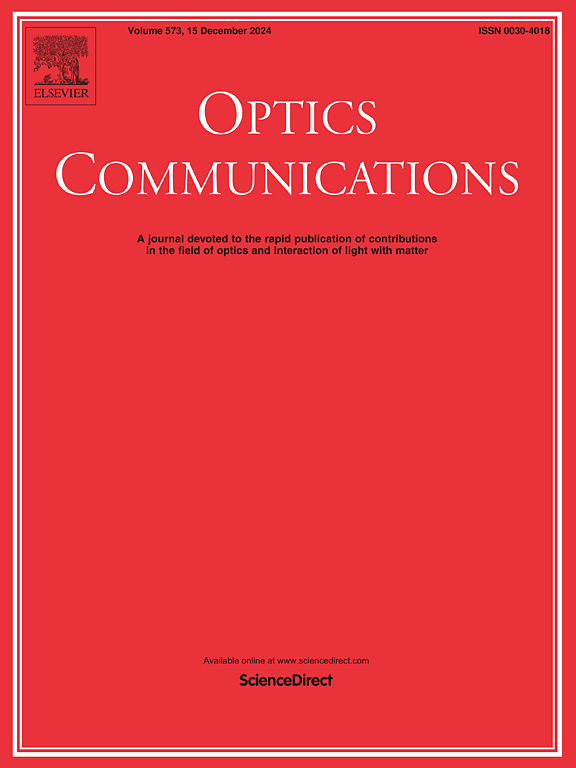A high-fidelity PGC-Arctan demodulation algorithm employing an extended Kalman filter and a combined modulation
IF 2.2
3区 物理与天体物理
Q2 OPTICS
引用次数: 0
Abstract
Ellipse fitting algorithms (EFAs) utilizing the traditional least squares method (LSM) are not robust in nonlinear systems and even fail when the input elliptic arc is short. To address the challenges, we propose a high-fidelity phase generated carrier (PGC) demodulation algorithm integrating the arctangent method, an extended Kalman filter (EKF) and a combined modulation. The EKF derives optimal state estimation from the nonlinear system by linearizing nonlinear functions, resulting in high accuracy in ellipse fitting. The laser undergoes internal modulation via a combination of low and high frequencies, which not only generates a phase carrier but also induces a large low frequency phase shift in the interferometric sensors. This shift guarantees the Lissajous arc length, thereby preventing fitting failures. The experimental results demonstrate that the EFA employing EKF is consistently superior to that utilizing LSM by comparing the eccentricities of the corrected Lissajous figures. Notably, the proposed algorithm has never failed due to the presence of the low frequency modulation. The average signal-to-noise-and-distortion of the demodulated signal of the proposed algorithm is 62.04 dB in the carrier modulation depth range of 1.5–3.0 rad, which is 46.79 dB higher than that of the PGC-LSM-Arctan demodulation algorithm. The proposed algorithm has promising application prospects in fiber optic sensors as it can effectively eliminate the nonlinear errors and has high robustness.
求助全文
约1分钟内获得全文
求助全文
来源期刊

Optics Communications
物理-光学
CiteScore
5.10
自引率
8.30%
发文量
681
审稿时长
38 days
期刊介绍:
Optics Communications invites original and timely contributions containing new results in various fields of optics and photonics. The journal considers theoretical and experimental research in areas ranging from the fundamental properties of light to technological applications. Topics covered include classical and quantum optics, optical physics and light-matter interactions, lasers, imaging, guided-wave optics and optical information processing. Manuscripts should offer clear evidence of novelty and significance. Papers concentrating on mathematical and computational issues, with limited connection to optics, are not suitable for publication in the Journal. Similarly, small technical advances, or papers concerned only with engineering applications or issues of materials science fall outside the journal scope.
 求助内容:
求助内容: 应助结果提醒方式:
应助结果提醒方式:


